How to Guarantee the Quality of Shirt Interlining?
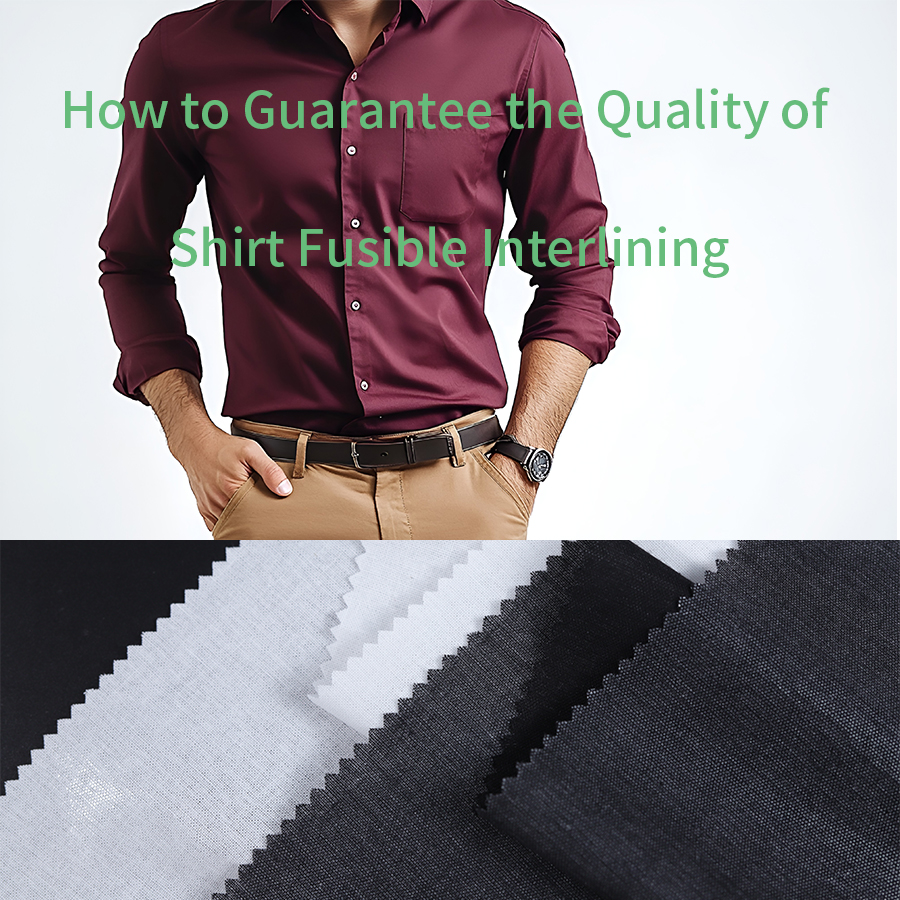
How to Guarantee the Quality of Shirt Interlining
For a shirt to truly stand out, its hidden details must be flawless. While the outer fabric catches the eye, it’s the shirt interlining that gives the garment its professional shape, crispness, and long-lasting durability. A low-quality interlining can quickly lead to bubbling, shrinking, or a disappointing feel, which can ultimately harm a brand’s reputation.
So, how can you ensure you’re choosing the best shirt interlining for your products? This guide will walk you through the key factors that define quality and help you make a confident decision.
What Exactly Is Shirt Interlining?
Shirt interlining is a crucial, non-structural material used to provide support and stability to specific parts of a shirt. Its primary job is to reinforce areas like the collar, cuffs, and placket. A well-chosen interlining helps these components maintain their neat appearance, ensuring a crisp, wrinkle-free look even after a long day of wear.
Why Quality Matters for Your Brand
Choosing the right shirt interlining is not just a technical decision—it’s a brand decision. Using a premium-quality interlining helps:
- Maintain the Shirt’s Integrity: It keeps collars and cuffs looking sharp, preventing them from going limp or losing their shape.
- Improve Production Efficiency: High-quality interlining fuses smoothly and reliably, reducing errors and saving time during manufacturing.
- Protect Your Reputation: A shirt that holds up well after multiple washes and wears builds customer loyalty and trust in your brand.
The 5 Critical Signs of High-Quality Shirt Interlining
When you evaluate a potential interlining fabric, don’t just go by price. Look for these five key indicators of quality:
- Uniform Bond: A quality interlining’s adhesive should fuse consistently across the entire surface. There should be no patchy spots or areas that fail to stick. A uniform bond prevents bubbling and gives the finished garment a smooth, professional appearance.
- Compatibility with the Outer Fabric: A good interlining should have a “hand” or feel that complements your shirt fabric. It shouldn’t make a lightweight cotton feel stiff or a structured linen feel flimsy.
- Minimal Shrinkage: High-quality interlining has a very low shrinkage rate. If it shrinks at a different rate than your outer fabric, you’ll get puckering and distortion after the first wash.
- Exceptional Wash Durability: The interlining’s bond should remain intact and the fabric should retain its original properties after multiple industrial or home washes.
- Clean Finish: A premium shirt interlining should be easy to cut without fraying and should not cause any adhesive bleed-through when fused.
Beyond the Surface: Essential Testing
Reputable suppliers won’t just tell you their product is high quality—they’ll prove it with data. Look for these standard tests:
- Peel Strength Test: This measures the force required to peel the fused interlining away from the fabric, indicating the strength of the adhesive bond.
- Wash Test: A simple test that simulates repeated washing and drying to check for bubbling, shrinkage, or peeling.
- Dry Cleaning Test: Essential for certain garments, this test ensures the interlining can withstand the chemicals and processes of dry cleaning.
- Stretch and Recovery: This test measures how the interlining responds to stretching, ensuring it can handle the stress of daily wear without losing its shape.
What Happens with Poor Shirt Interlining?
Using a low-quality Shirt interlining can lead to a host of problems that can ruin an otherwise perfect shirt:
- Bubbling: The most common sign of a poor interlining, where the layers separate and create unattractive air pockets.
- Uneven Stiffness: The interlining can feel unevenly stiff or limp, creating a mismatched feel in the collar or cuffs.
- Loss of Shape: The garment’s key components can lose their structure, resulting in a floppy collar or wrinkled placket.
- Adhesive Bleed-Through: A sign that the adhesive is melting at a too-low temperature or is of poor quality, ruining the look of your outer fabric.
Choosing a Partner, Not Just a Supplier
To find the right shirt interlining, you need a reliable supplier. A good partner will:
- Provide detailed technical data on all their products.
- Offer samples for you to conduct your own tests before a bulk order.
- Have a wide range of interlining options to match your specific needs.
- Offer technical support to help you troubleshoot any issues.
Your Pre-Production Checklist
Before you commit to a bulk order, always evaluate the interlining with your own fabric.
- Request a sample of the interlining.
- Fuse a swatch to your main shirt fabric.
- Perform a wash test and a dry-cleaning test.
- Check for bubbling, peeling, or a change in hand feel.
- If it passes your tests, you’re ready for production.
In conclusion, the quality of your shirt interlining directly impacts the quality of your finished garment. By knowing what to look for and working with a trustworthy partner, you can ensure your shirts always have a crisp, professional, and long-lasting finish.
continue reading
Related Posts
This article explains what necktie interlining is, common materials and weights, construction options, color characteristics, and practical tips for choosing the right interlining for different tie styles.
This article provides an overview of the typical price ranges of different types of interlining, including woven, nonwoven, fusible, elastic, shirt, and hair interlining.
This article compares hair interlining and horse hair interlining in terms of material composition, structure, performance, and garment applications, helping manufacturers and tailors choose the right interlining for different types of tailored garments.

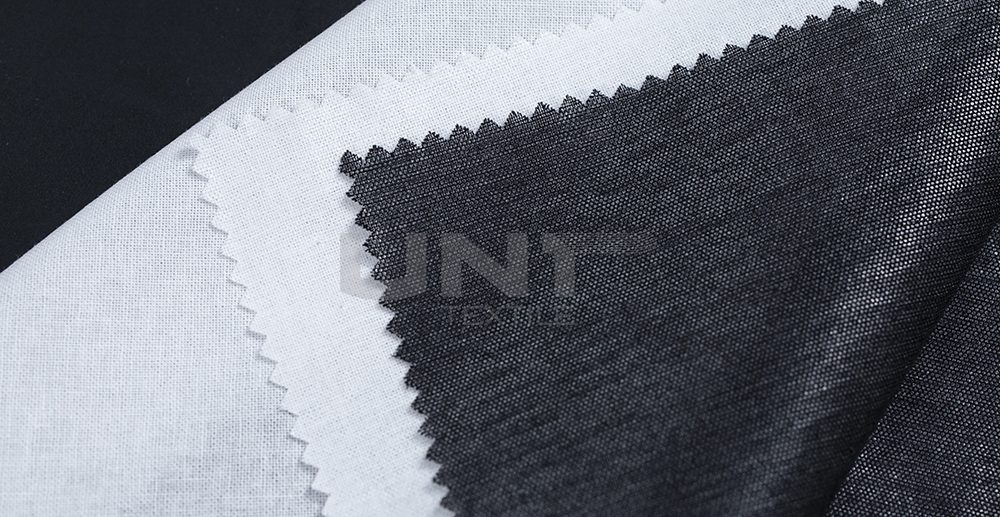
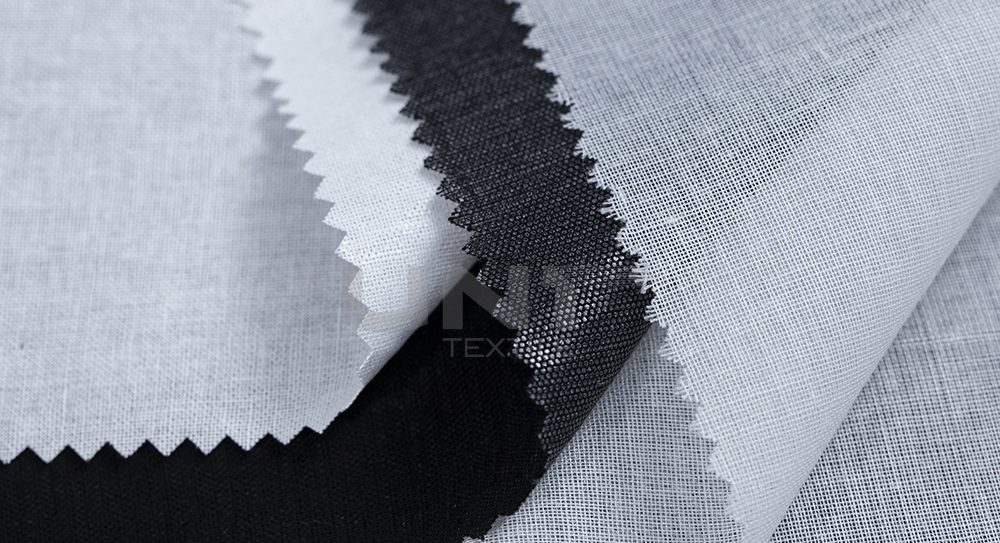
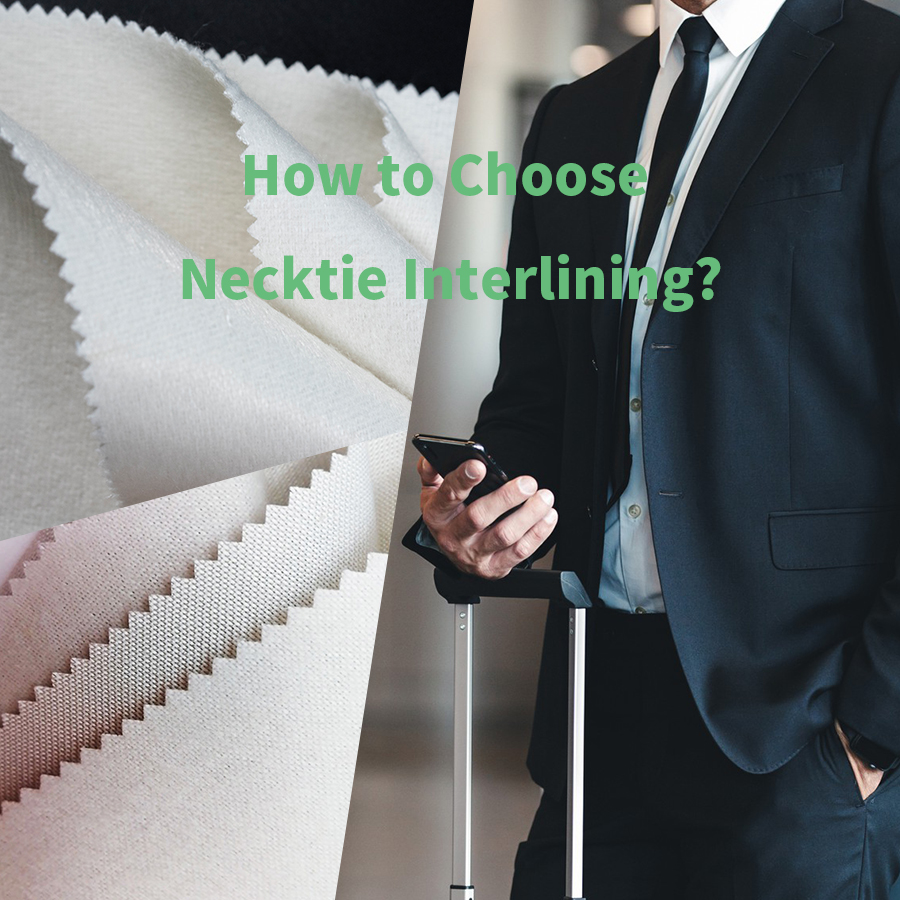
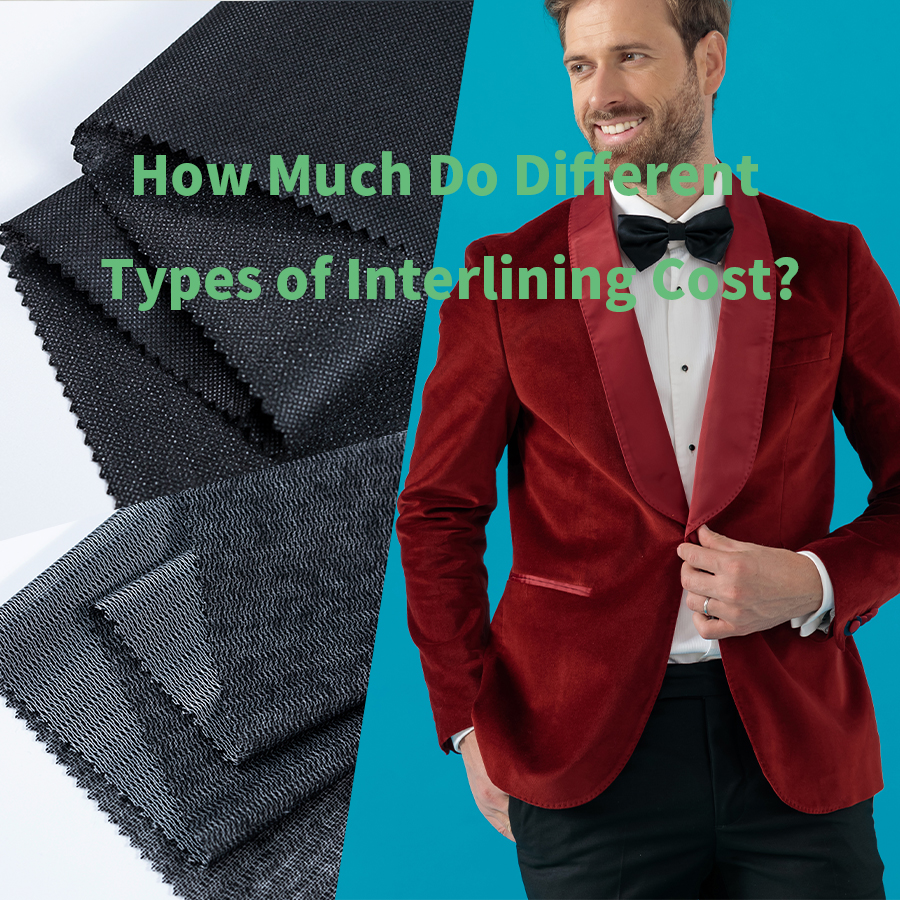

.png)